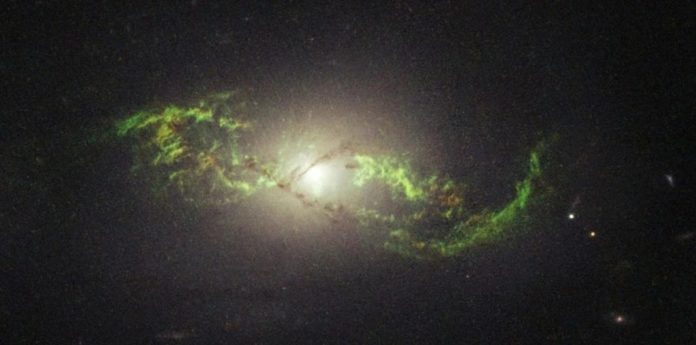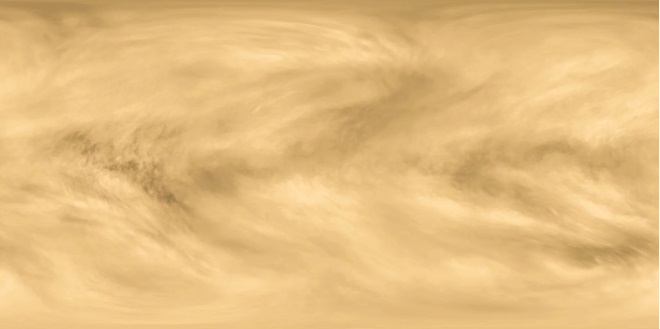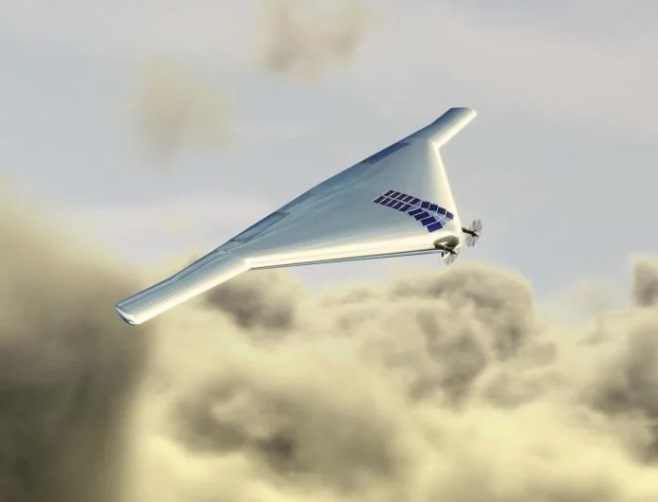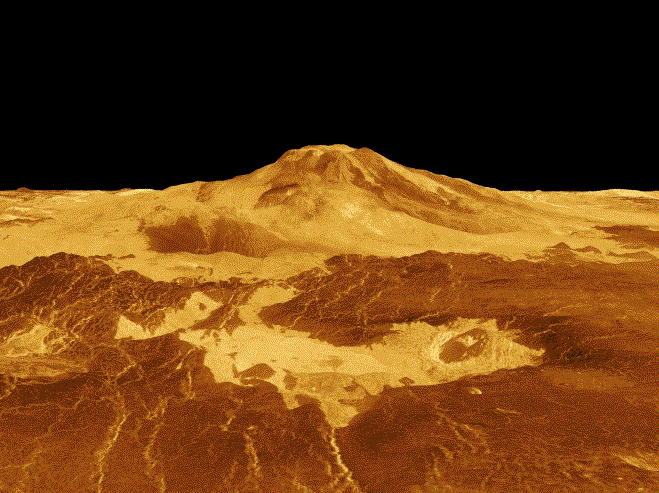
By fbnewspost
The Indian Space Research Organization (ISRO) has recently utilized high altitude balloons in experiments to detect what they describe as three distinctly different types of extra terrestrial bacteria.
A friend to Stephen Hawking actually, astrophysicist Jayant V. Narlikar clearly said that this could be evidence of life existing beyond Earth.
He recently delivered a lecture on “Searches for life outside the Earth,” in participation with Space Physics Laboratory Day, and stated that these three distinct types of bacteria collected by the ISRO with the balloons have as of yet not been identified on planet Earth. They named one after the acronym of the ISRO even, naming it Bacillus isronensis.
Apparently this bacteria has been talked about in academic papers for at least 9 years, since 2009.
Prof. Narlikar added that the basic building blocks of life, carbon and amino acid precursors and the like, could be what makes the probability of extra-terrestrial life existing out there be so great. He suggested these chemicals may be present in the celestial bodies of other galaxies even.
“With modern technological advancement, we will be able to provide conclusive evidence for the presence of life outside the confines of the earth in the near future,” he said.
At the end of last year, it was reported that a Russian cosmonaut named Anton Shkaplerov found bacteria stuck to the external surface of the ISS (International Space Station), and the bacteria did not come from Earth.
More recently, scientists started openly questioning whether or not bacteria could be present on Venus, the closest planet to Earth. It was suggested that in Venus’ hazy atmosphere, bacteria just might be present.
On March 30, 2018 a paper was published in the journal Astrobiology, in which a team of international researchers make the case that the atmosphere of Venus could contain extraterrestrial microbes within the planet’s thick haze. It was led by Sanjay Limaye, a planetary scientist from the University of Wisconsin-Madison’s Space Science and Engineering Center.
“Venus has had plenty of time to evolve life on its own,” said the lead researcher, as he added that models suggest Venus had once been a much more habitable planet than it is now, once containing liquid water on its surface: for 2 billion years. “That’s much longer than is believed to have occurred on Mars.”
Venus shows some episodic dark, sulfuric rich patches, with contrasts up to 30-40 percent in the ultraviolet, and muted in longer wavelengths. These patches persist for days, changing their shape and contrasts continuously and appear to be scale dependent,” says Limaye.
These particles observed in the dark patches on Venus are reported to have nearly identical dimensions to bacteria on Earth, although these tools used to survey the contents of Venus’ atmosphere are not so sophisticated that they can distinguish between organic matter and inorganic (alive or dead).
The researchers compared these particles in Venus’ clouds to potential “algae blooms” sustained in the atmosphere of the planet, if they are in fact bacteria.
Image credit: sciencedaily, scienceblog, solarsystemscope, businessinsider






